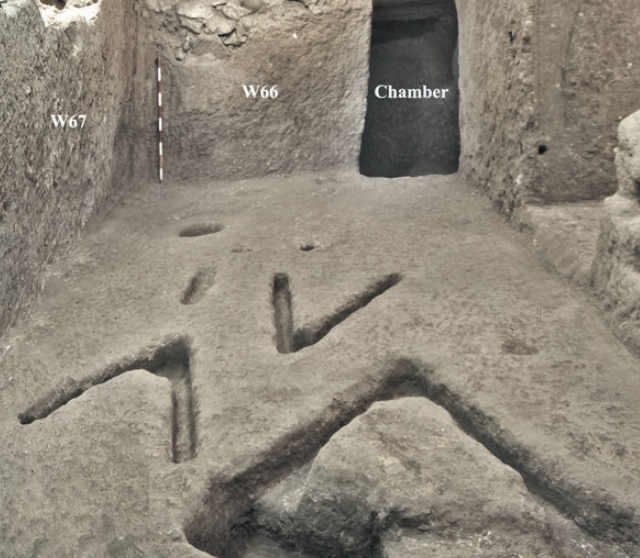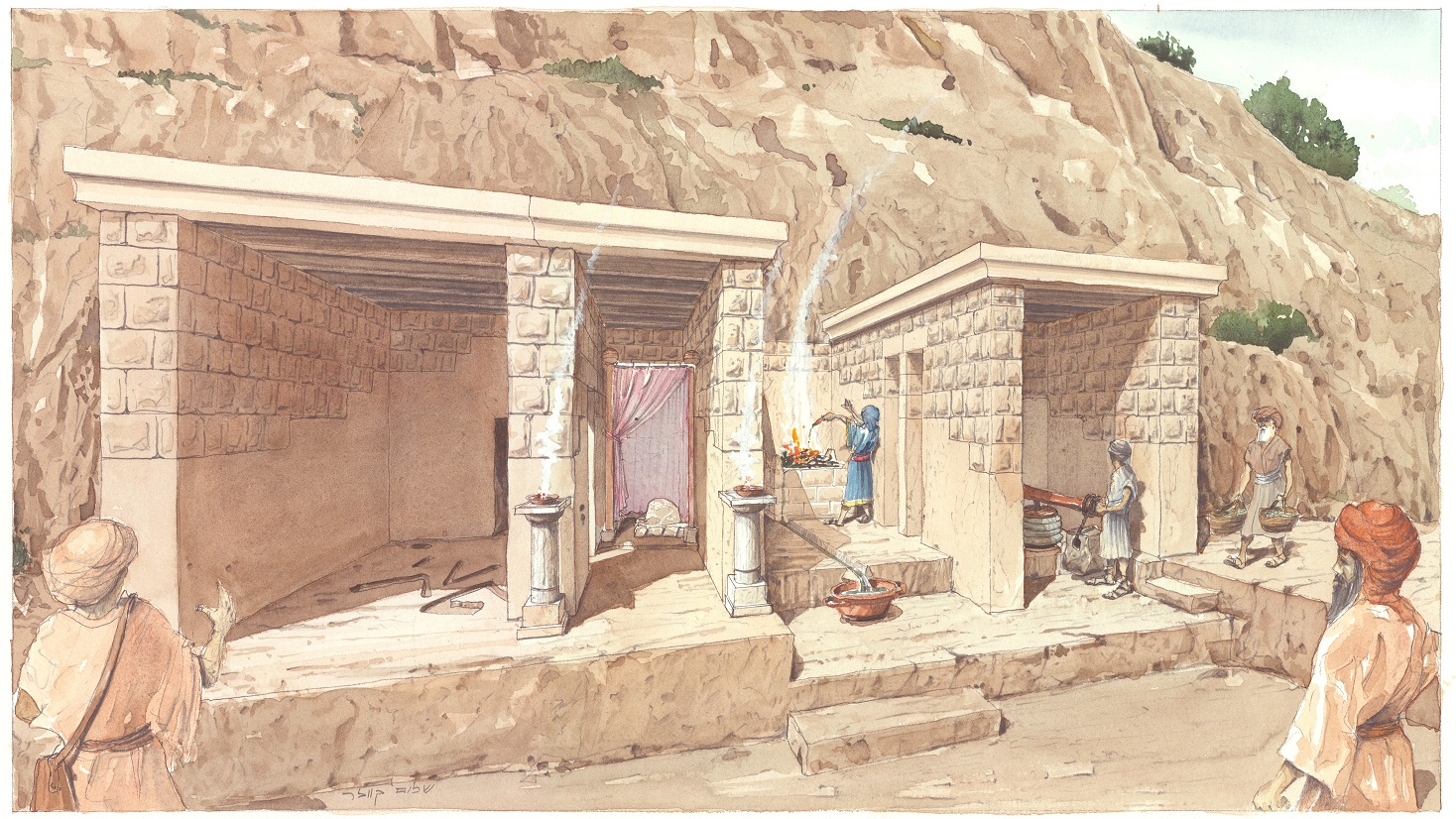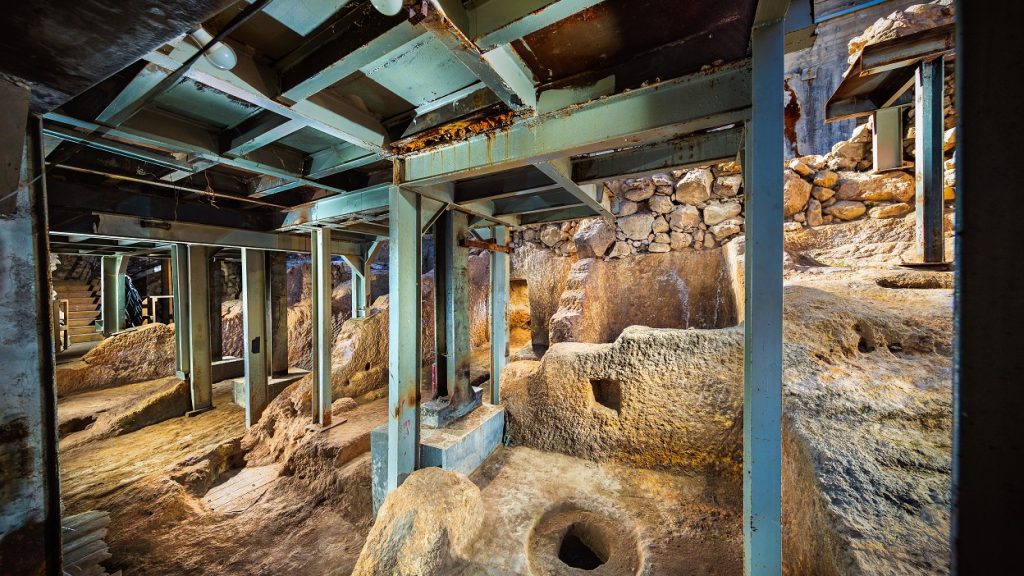Jerusalem is home to many mysterious discoveries from some of the world’s earliest organized societies, but this large structure, carved directly into the rock, still captured archaeologists’ attention.
Others are reading now
A team of archaeologists have recently uncovered a sanctuary carved directly into the rock in an area south of Jerusalem’s Temple Mount.
Known as Silwan to Palestinians and the City of David to Israelis, this site has long been a treasure trove of discoveries, but this recent find stands out.
The structure, excavated by the Israeli Antiquities Authority, is massive, spanning 220 square meters. It dates back to the 7th century BCE, a pivotal time in the history of the Kingdom of Judah.
According to the archaeologists, the sanctuary features eight carved rooms, each with distinct purposes and installations, including a wine press, an olive press, an altar, and a ritual stone known as a masseba.
Also read

One room contained something intriguing — V-shaped markings etched into the floor.
Archaeologists believe these could have supported a tripod, possibly used in sacred rituals to hold pots or other ceremonial items. But the exact purpose of these markings remains a mystery.
A Sanctuary Frozen in Time
This sanctuary likely played an important role in local worship until the reign of King Hezekiah.
According to the Bible, Hezekiah centralized worship in Jerusalem’s main temple, leading to the closure of smaller sanctuaries like this one. Evidence shows that the sanctuary was intentionally filled with sand and abandoned during this time, preserving it for thousands of years.
The discovery offers an extraordinary glimpse into life during the time of the Old Testament.
“This very special structure that we have excavated in the City of David is an exciting testament to Jerusalem’s rich past,” said Israel’s Minister of Cultural Heritage in a press release.



